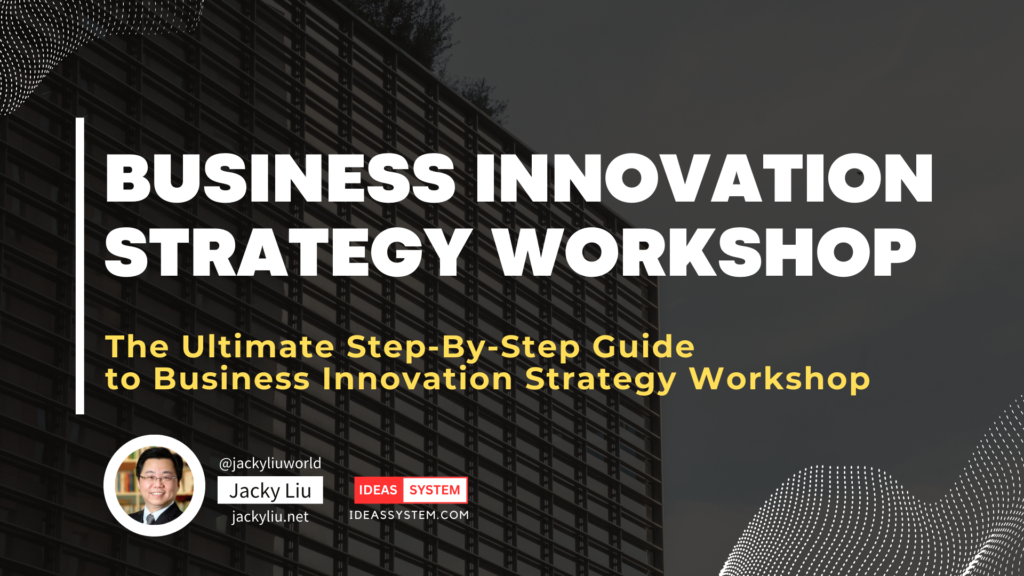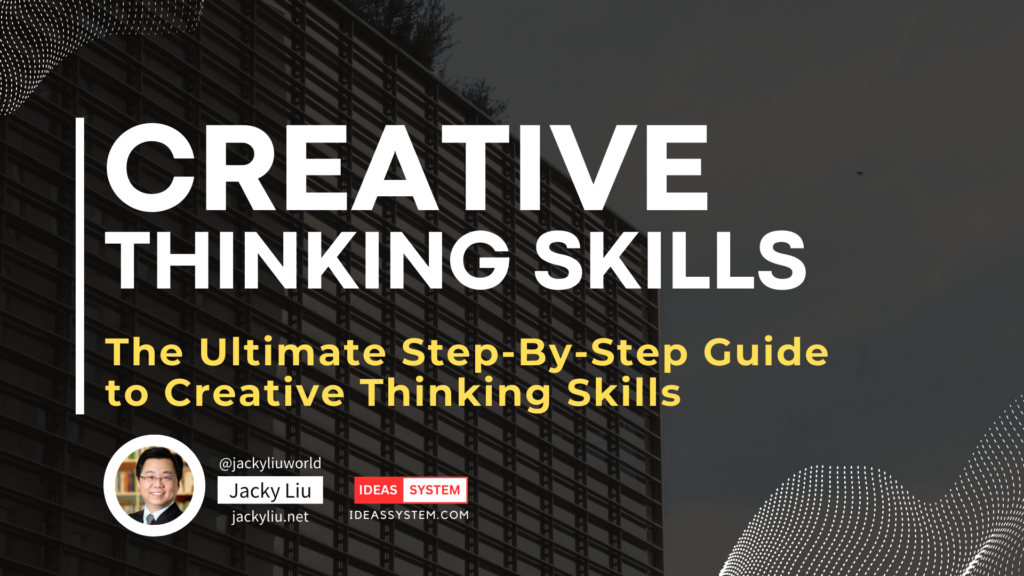Introduction to Design Thinking
Design Thinking is an innovative approach to problem-solving that emphasizes empathy, collaboration, and experimentation. This powerful methodology has been widely adopted by organizations of all sizes and industries to drive innovation and create user-centered solutions. In this article, we’ll explore the history, principles, and process of Design Thinking and provide tips for successfully implementing it in various contexts.
The History of Design Thinking
Although the term “Design Thinking” has gained popularity in recent years, its roots can be traced back to the 1960s and 1970s. During this time, academics and professionals from various disciplines began to explore and advocate for a more human-centered approach to design and problem-solving.
Key Principles of Design Thinking
Design Thinking is founded on several key principles:
- Empathy: Understanding and addressing the needs and perspectives of the end-users.
- Collaboration: Encouraging interdisciplinary teamwork and cross-functional cooperation.
- Experimentation: Embracing a culture of learning through prototyping, testing, and iteration.
- Integrative Thinking: Balancing the needs of users, technology, and business in the pursuit of innovative solutions.
The Design Thinking Process
Design Thinking follows a flexible, non-linear process that typically includes five stages:
Empathize
The first step is to empathize with the target audience, gaining a deep understanding of their needs, motivations, and challenges. This involves conducting research, interviews, and observations to gather qualitative data and develop a comprehensive understanding of the user’s experience.
Define
Next, the team synthesizes the data collected during the empathize stage to define the problem or opportunity. This step requires translating insights into a clear and actionable problem statement, focusing on the user’s needs and perspectives.
Ideate
In the ideate stage, the team generates a wide range of possible solutions to the problem. Brainstorming, mind-mapping, and other creative techniques are employed to encourage the exploration of diverse ideas and perspectives.
Prototype
Once potential solutions have been identified, the team creates one or more prototypes. These can range from simple sketches to more sophisticated models or digital representations. The goal is to quickly and affordably bring ideas to life for testing and feedback.
Test
Finally, the team tests the prototypes with real users, gathering feedback and insights to refine the solution. This iterative process allows the team to learn from failures and make improvements, ultimately leading to a more effective and user-centered design.
Implementing Design Thinking
Design Thinking can be applied to a wide range of contexts and industries. Here are a few examples:
Design Thinking in Business
Businesses across various sectors have embraced Design Thinking to develop innovative products, services, and strategies that cater to their customers’ needs. By adopting a user-centric approach, companies can enhance customer satisfaction, foster brand loyalty, and drive growth.
Design Thinking in Education
Educators are using Design Thinking to create engaging learning experiences and foster a culture of innovation in the classroom. Teachers and students collaborate to identify challenges, generate ideas, and prototype solutions, promoting critical thinking, creativity, and problem-solving skills.
Design Thinking in Healthcare
Design Thinking has been successfully applied in healthcare to improve patient experiences, streamline processes, and develop novel solutions for complex problems. By focusing on the needs of patients, caregivers, and healthcare professionals, the industry can benefit from more effective and human-centered innovations.
Common Design Thinking Myths
There are several misconceptions about Design Thinking that can hinder its successful implementation:
- Design Thinking is only for designers: Design Thinking is a versatile methodology that can be applied to any discipline or industry, not just design-related fields.
- Design Thinking is a linear process: Although the process is often presented in stages, it’s important to remember that it’s flexible and iterative, allowing teams to move back and forth between steps as needed.
- Design Thinking guarantees innovation: While Design Thinking can foster a culture of innovation, it does not guarantee success. It is a tool that, when used effectively, can lead to breakthroughs but requires dedication, collaboration, and a willingness to learn from failure.
Tips for Success in Design Thinking
- Foster a culture of empathy: Encourage team members to actively listen and seek to understand the needs and perspectives of users.
- Embrace collaboration: Encourage diverse perspectives and interdisciplinary teamwork to generate richer, more effective solutions.
- Promote experimentation: Support an environment where team members feel comfortable taking risks and learning from failure.
- Communicate effectively: Ensure that team members share their ideas, findings, and feedback openly and constructively.
- Be adaptable: Be open to changing course or revisiting earlier stages of the process as new insights and opportunities arise.
Conclusion
Design Thinking is a powerful, human-centered approach to problem-solving that has the potential to drive innovation across industries. By understanding its history, principles, and process, organizations can successfully implement Design Thinking to create user-centered solutions that meet the needs of their target audience.
FAQs
What is Design Thinking?
Design Thinking is an innovative, user-centered approach to problem-solving that emphasizes empathy, collaboration, and experimentation.
What are the key stages of the Design Thinking process?
The Design Thinking process typically includes five stages: Empathize, Define, Ideate, Prototype, and Test.
Is Design Thinking only for designers?
No, Design Thinking is a versatile methodology that can be applied to any discipline or industry, not just design-related fields.
How does Design Thinking promote innovation?
Design Thinking fosters a culture of empathy, collaboration, and experimentation, encouraging teams to explore diverse ideas and perspectives in the pursuit of innovative solutions.
What are some tips for successfully implementing Design Thinking?
Some tips include fostering a culture of empathy, embracing collaboration, promoting experimentation, communicating effectively, and being adaptable.




